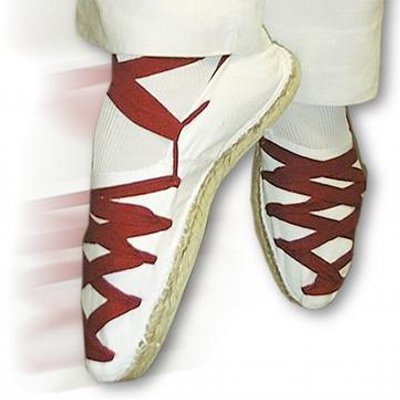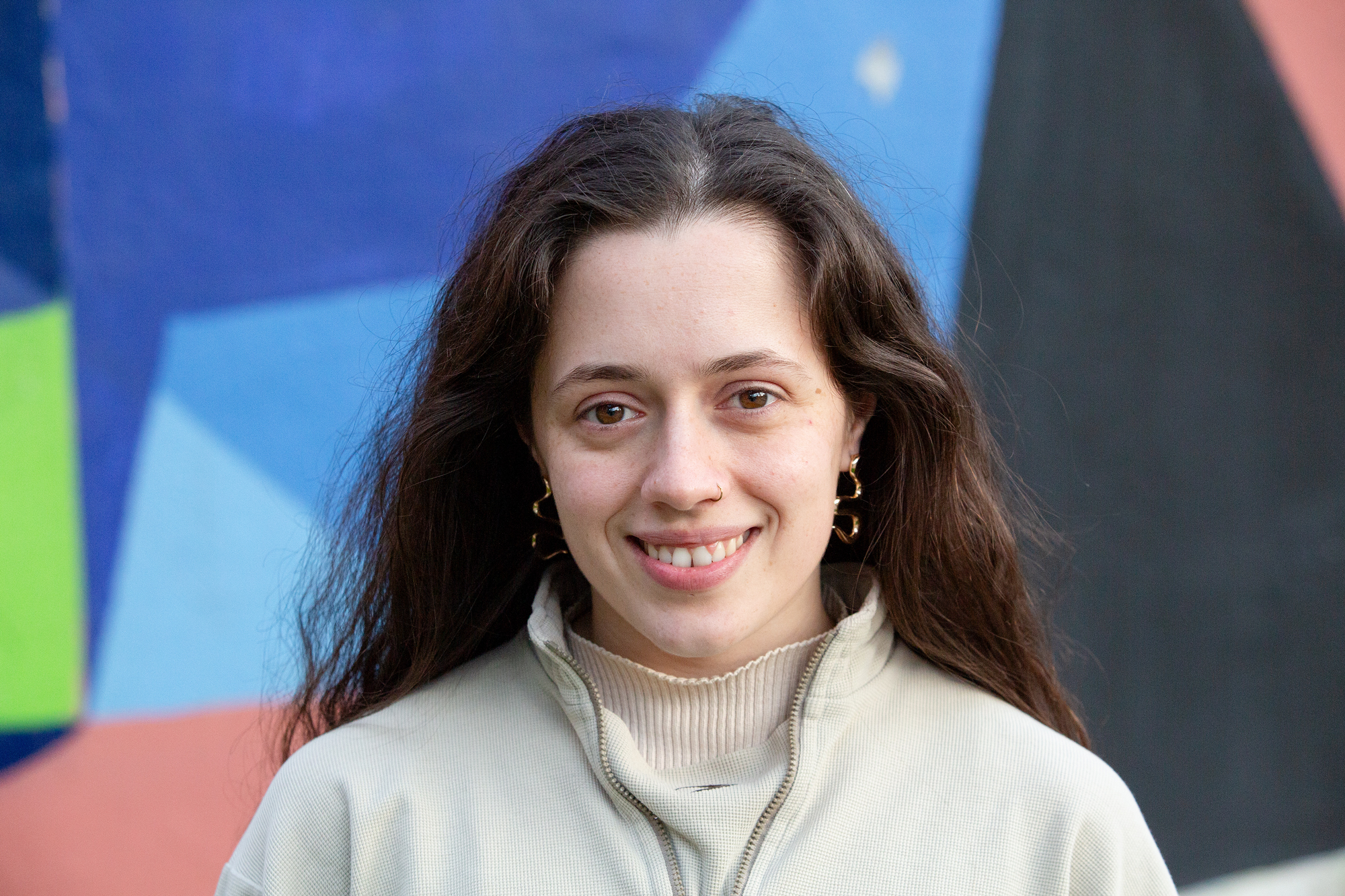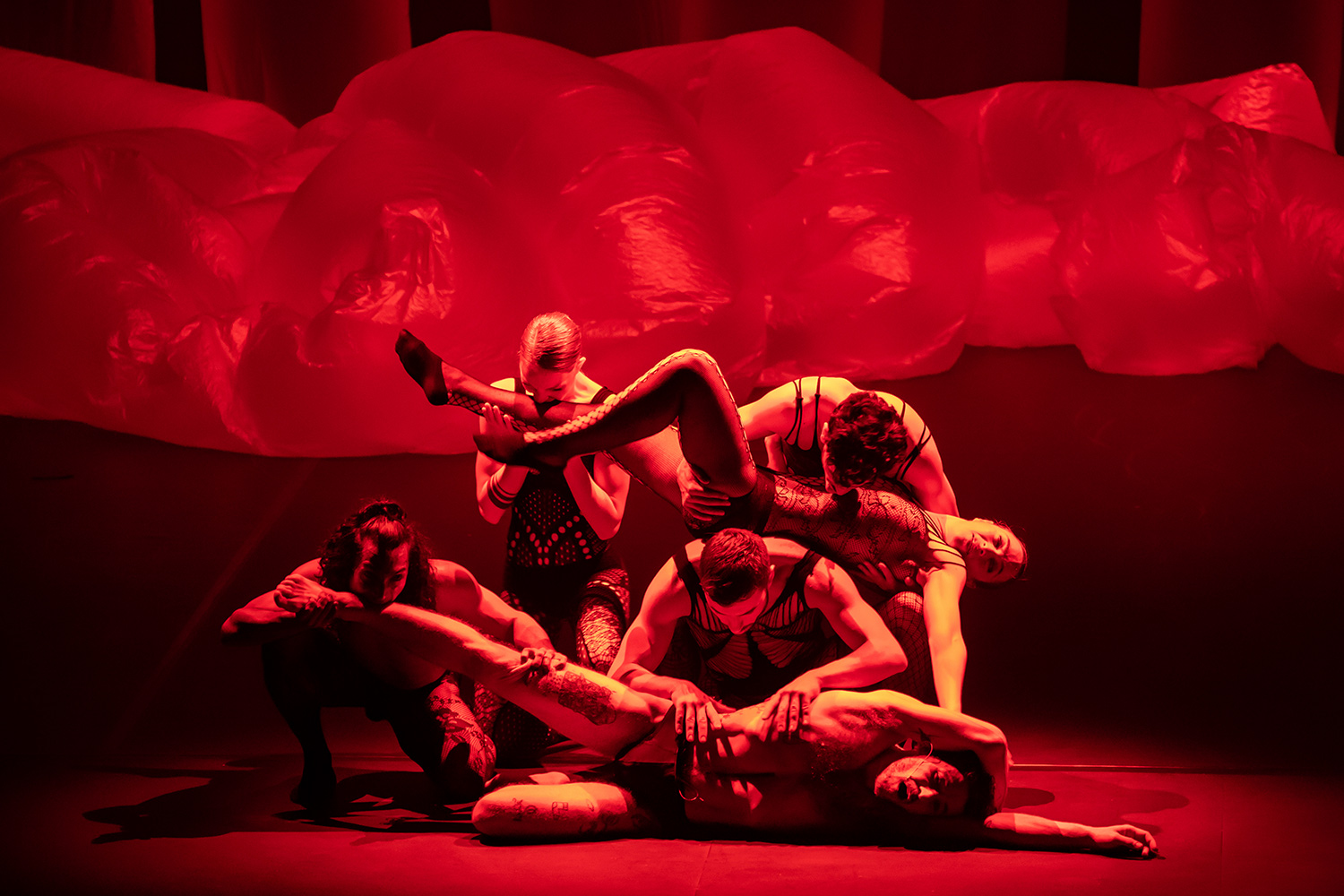Zubero will dance again in the spectacular 'Aitzina Biga'
- The Pioneers association is preparing the show Aitzina Biga. More than one hundred participants will participate in dance, music, theater, singing and verse in the show that will be presented on April 19 in Maule. During the month of July, there will be four more performances: Biarritz, Arrasate, Pamplona and Atharratz.

Around 15 Zuberoan dance groups join the Pioneers association, whose main objective is the collaboration between Zuberoan dancers. Margarita Queheille, a member of the association’s office, explains that in recent years they saw the need for a diagnosis and passed a survey in groups. "Among several questions, we asked what is missing in Zubero and in the answers there was the opportunity to participate in spectacular, spectacular."

Hence the idea of this show, the desire of the Zubero-dancers to dance together on the stage: "We don't have a lot of relationships between bands, we have relationships from dance. We meet on the dance side in the masks, this is the main meeting in Zubero. The Jumping Day is also a year and a year of activities for children, but it’s not really a big exchange between teams and that’s why we want to create this spectacular.”
Preface from Pica to Biga
In 2006 the Pioneers presented the spectacular Aitzina Pika. Fifty people from different generations danced, sang or sang. The Biga Prequel has come to follow him. There are also similarities in the show apart from the title, "there are dances that we recapture that were also given in the first in this spectacular: the godalet dance, the barricade, the satan-dance... We wanted to give a memory of the first spectacular in the second." New dances have also been arranged: "there are other well-known dances, as well as creations. We, the working group, have created them, in which there is not much resemblance to the first spectacular. The things we talk about are different.”
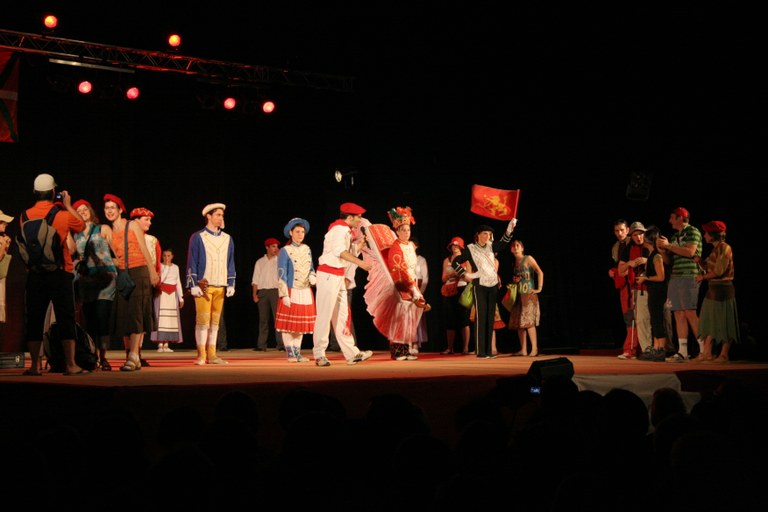
Queheille tells us that some dances will be performed in small groups and that they have sought homogeneity there, but in other dances, where 50 dancers dance together, the diversity of the Zubero dances will be highlighted: "It is not possible for 50 dancers to dance in the same way. We see that each one has his own ways, with which the ways of each people and people are revealed. So we make a mix, because everyone has their own way and with that we bring wealth."
As for the costumes, the dancers will dance with the clothes of the Zubero-dancers, "each one takes his own in his own village. Then there will be other neutral clothes, they will all be the same and we have bought them."
From the idea to the stage
A group made up of representatives of each of the villages that began to shape the spectacular, "this group has been created to create the spectacular. This is how we started to discuss among ourselves how to do it, what our ideas were... we have worked on it for three months and the next step has been the presentation of it in dance schools." The proposal was opened not only to the dancers, but also to the citizens involved in theater, music, singing and verse, "each one could give a name for himself. Not a whole dance group, only one person could give it. So we have made a great mix, different generations and different expressions."
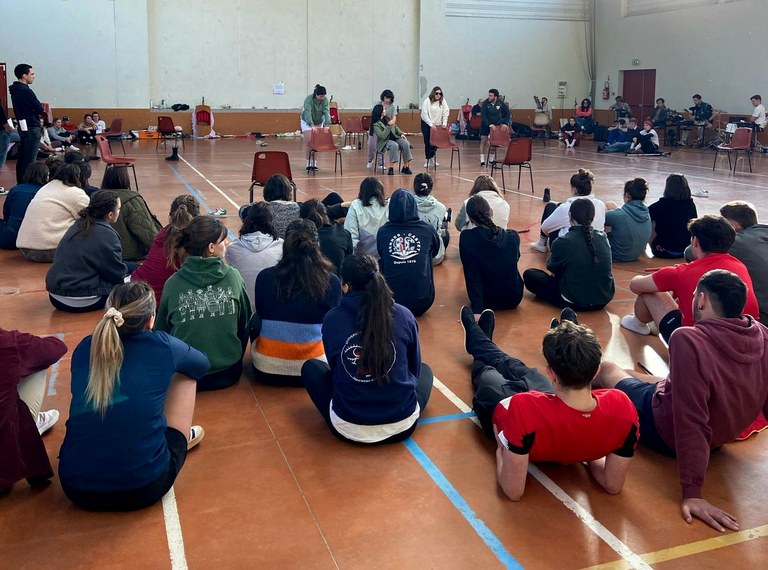
Queheill highlights the collective work: "We have divided the work between us, and we come together a whole month to establish everything in common and explain to each other what the reflections of each have been, why we have created them. It was a team effort, not a team effort.”
Everyone works separately during the week and meets on the weekends. From now on, general repetitions will begin. The rehearsals are being carried out from village to village, where there is a lot of space: Sohuta, Pagola, Urdiñarbe...
Connecting the Zuberogs
The main objective of the Pioneers Association and its shows is to strengthen the relationships between the Zubero-American people. Dancers from different towns and generations are preparing together and will perform together on stage. Some people are working on what was also in the previous spectacular, many musicians also participated in the time, but most of the dancers are new, from 18 to 30. The children of those who participated in the show almost 20 years ago are the current ones: "They are now happy to see their children there, and proud that their children will follow their own path."
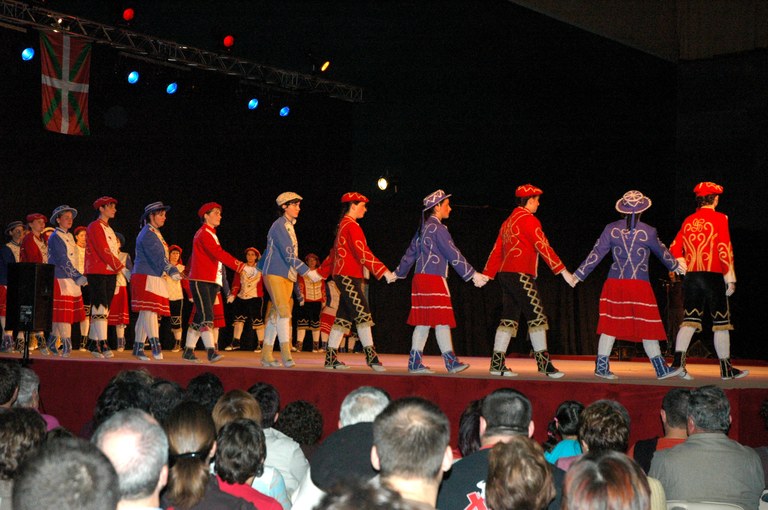
He says that the initial intentions are on the right track, "to connect our relationships among peoples, to create something together, to share... these were the main objectives and we are fulfilling them. Let’s see if people see that on stage.”
The opportunity to do so will consist of five performances:
Performances by Aitzina Biga
- Saturday, April 19: Maule-Lextarre, 20:30, Jai Alain. [Tickets sold out]
- Thursday, May 1: Biarritz, at 18:30, in Gare du Midi. Buy the tickets
- Saturday, May 24: Mondragon at 7:00 p.m. at the Teatro Amaia.
- Saturday, May 31: Pamplona, 19:00, in Baluarte. Buy the tickets
- Saturday, July 12th: Atharrato-Sorholüze, at 21:00, in Rebound.
Azaroan estreinatu zuen bere lehenengo lana Nagore Tamayo dantzariak (Tolosa, 2000): Nondik abiatu inora izena du, eta Natalia Belén dantzariarekin batera gorpuztu du. Bere herrian egin dugu hitzordua, Zumardi Handian.
Festa egiteko musika eta kontzertu eskaintza ez ezik, erakusketak, hitzaldiak, zine eta antzerki ikuskizunak eta zientoka ekintza kultural antolatu dituzte eragile ugarik Martxoaren 8aren bueltarako. Artikulu honetan, bilduma moduan, zokorrak gisa miatuko ditugu Euskal Herriko... [+]
The idea that we in the dance world often repeat is that dance is ephemeral. The Elhuyar dictionary gives as a counterpart to "ephemeral" English: ephemeral, destructive, perishable, ephemeral, ephemeral, perishable, perishable, ilaun. I don't remember who I first read that idea... [+]
Moor Krad
By: Ertza company.
When: 3 October.
Where: In the Muxikebarri room of Getxo.
---------------------------------------------
Two years later I met the work Moor Krad, in which members of the company Ertza created and premiered the piece. So in 2022, I tried to... [+]
Transmisioa eta dantza taldeetako erreleboa aztertu nahi izan dugu Dantzan Ikasi topaketetan, eta gazte belaunaldiek lan egiteko ereduak ezagutu nahi izan ditugu “Gazteen parte-hartzea euskal dantzan” mahai inguruan: Eder Niño Barakaldoko... [+]



